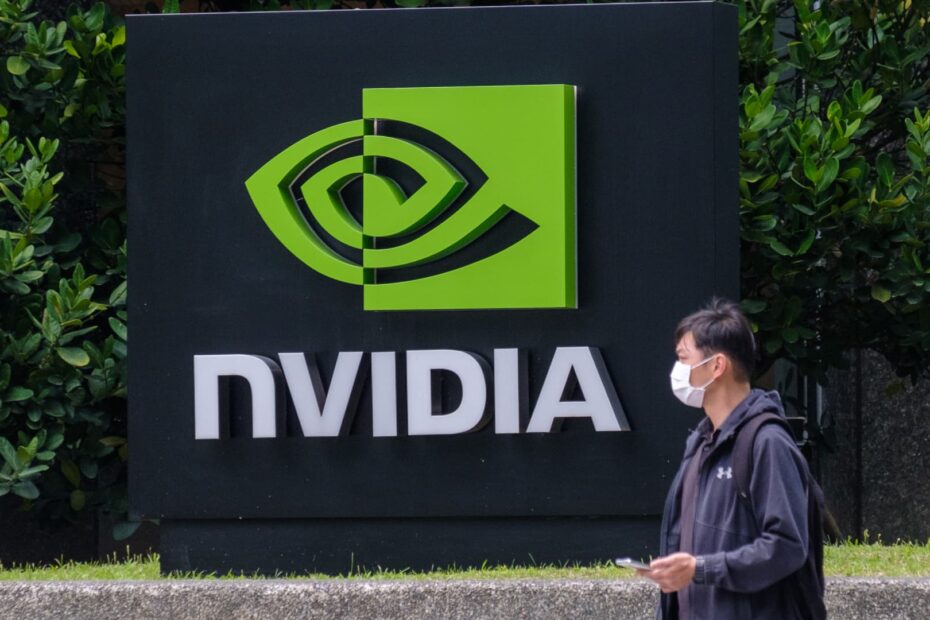Nvidia, the American semiconductor company, recently reported record-high revenues in its latest quarterly results, lifting Asian semiconductor stocks in the process. The company’s strong performance is a testament to the growing demand for its products, particularly in the gaming and data center markets.
Nvidia’s revenue for the quarter ending in October reached $7.1 billion, a 50% increase from the same period last year. The company’s gaming segment saw a 42% increase in revenue, driven by strong demand for its GeForce RTX graphics cards. Meanwhile, its data center segment saw a staggering 55% increase in revenue, as more companies turn to Nvidia’s GPUs for artificial intelligence and machine learning applications.
The strong performance of Nvidia has had a ripple effect on Asian semiconductor stocks, with many companies in the region posting gains following the announcement. Taiwanese semiconductor manufacturer TSMC, which is a key supplier for Nvidia, saw its stock price rise by 3.5% after the news. South Korean chipmakers Samsung Electronics and SK Hynix also saw their stocks climb by 2.6% and 3.1%, respectively.
The semiconductor industry in Asia has been experiencing a boom in recent years, fueled by the increasing demand for chips in various applications such as smartphones, laptops, and electric vehicles. Nvidia’s record-high revenues are a positive sign for the industry as a whole, indicating that the demand for semiconductor products remains strong despite the challenges posed by the global pandemic.
Analysts believe that the semiconductor industry is poised for further growth in the coming years, driven by trends such as the rise of 5G technology, the proliferation of Internet of Things (IoT) devices, and the increasing adoption of artificial intelligence in various industries. Companies like Nvidia are well-positioned to capitalize on these trends, thanks to their cutting-edge technology and strong market presence.
As Nvidia continues to innovate and expand its product offerings, it is likely that Asian semiconductor stocks will continue to benefit from the company’s success. Investors are optimistic about the future of the industry, and many are betting on the continued growth of semiconductor companies in the region.
In conclusion, Nvidia’s record-high revenues have provided a much-needed boost to Asian semiconductor stocks, signaling a bright future for the industry. With the increasing demand for chips in various industries, semiconductor companies in Asia are well-positioned to capitalize on the opportunities presented by the growing market.
